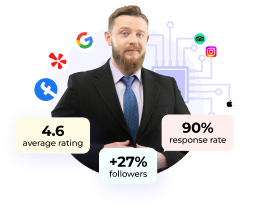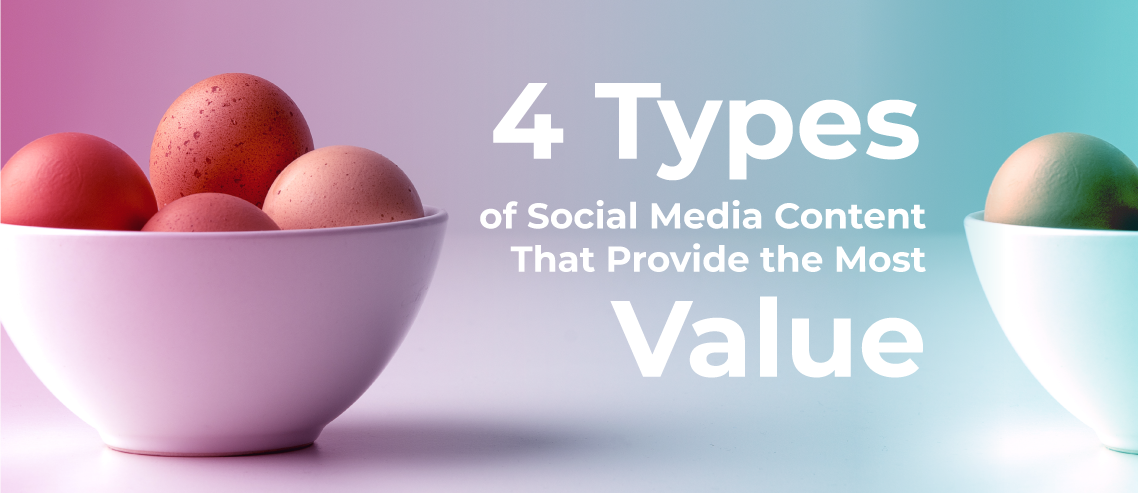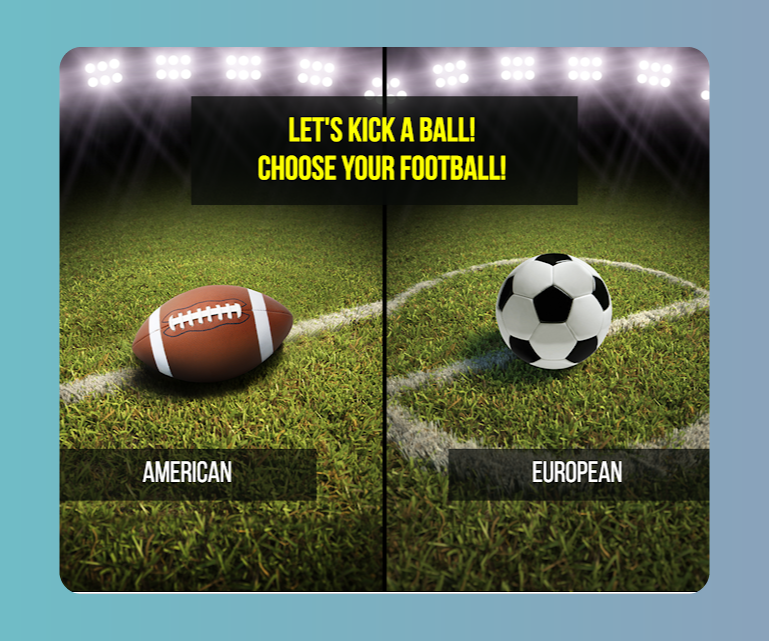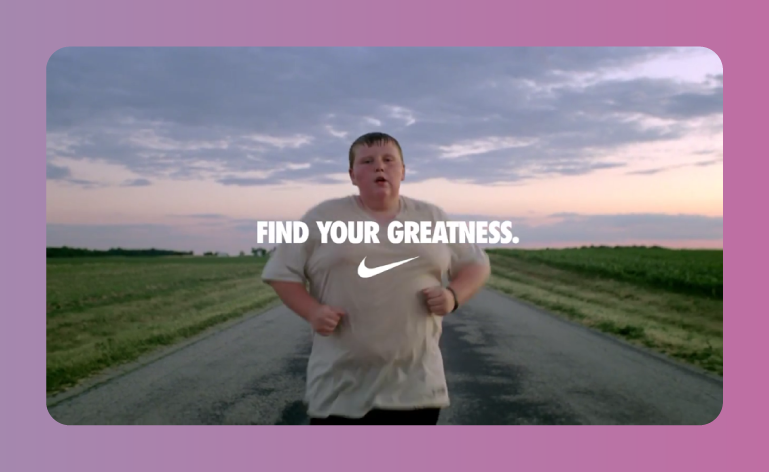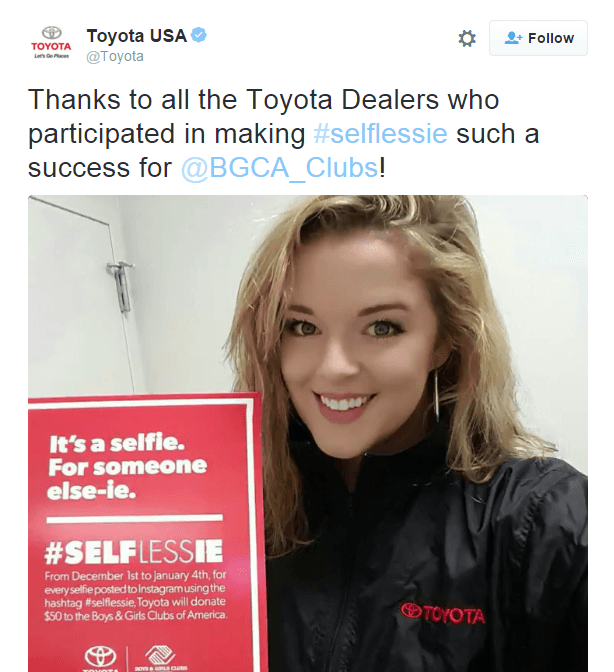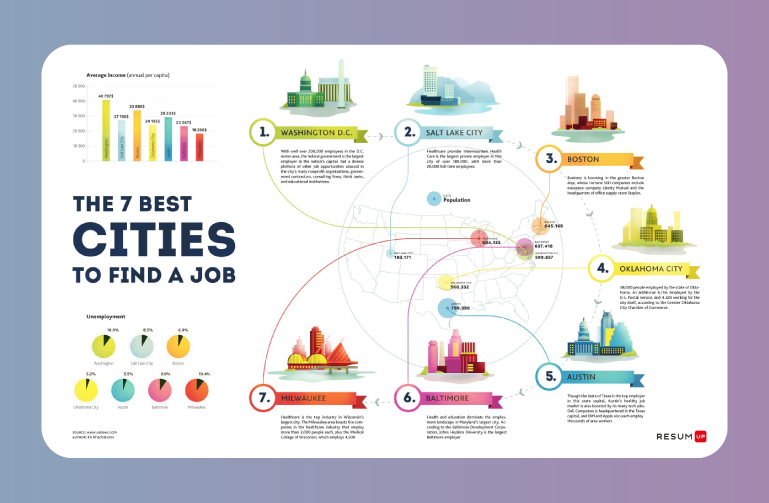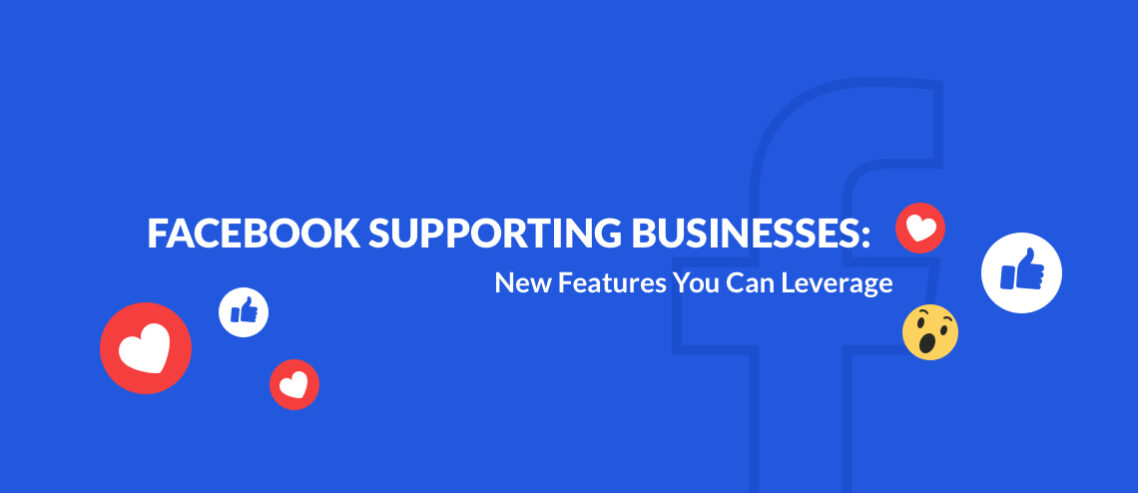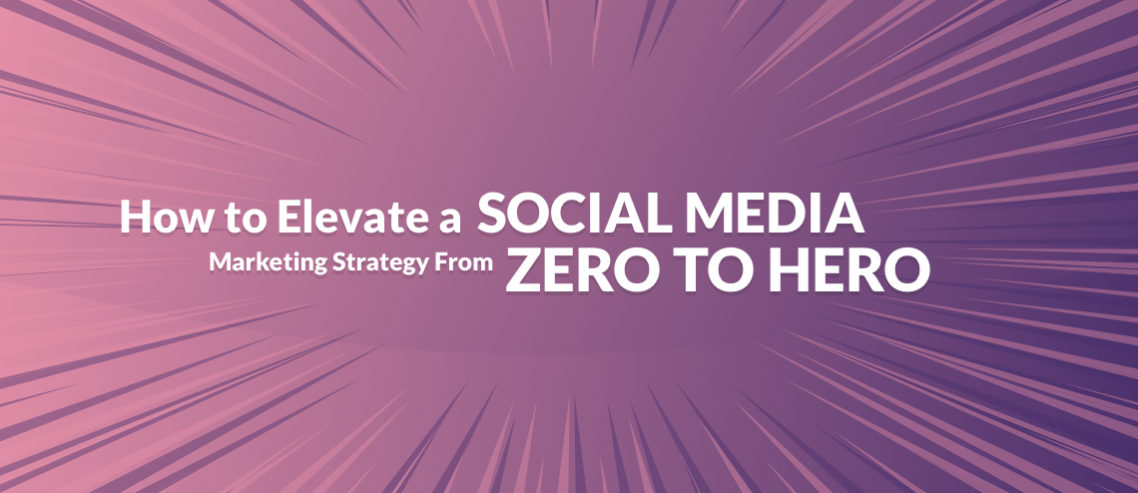People do judge a book by its cover. While making a choice, 59% of consumers go for beautifully designed content. That proves the fact about first impression importance — today’s social consumer requires unique, thoughtful, actionable content.
A word first. Whenever possible, it’s better to make your content visualized. It goes, neural science is often taken into consideration when it comes to marketing strategies. Per a Thermopylae study, the human brain processes images 60,000 times faster than text.
So, haven’t you always wished to make your clients feel like “wow, that content is awesome”? If yes, let’s talk about the 4 common types of social media content that proved to be engaging, valuable, and interesting.
Social Media Content Formats
Before you go directly to the types of content for social media, you should learn the content formats. So, there are 4 content formats for social media:
Image
You can use any content in the form of images: eye-catching photos, graphics, screenshots, pictures — everything that may interest your followers.
Video
It’s a more popular format of content than the text because the video presents a raw view of the world. Video combines moving visual and sounds which makes it easier to capture someone’s attention.
Text
In most cases, text tends to be the most difficult-to-consume social media format. People are lazy readers. But if your texts will be easy to understand, your audience will read it through to the end.
Audio
Supported by iTunes and Spotify, the most popular audio format is music. You can also use the audio format to transmit interviews and talking heads or make it podcast. Some media like The New Yorker use audio format for their articles.
Types of Social Media Posts
It may seem to get maximum coverage of the target audience it’s necessary to be present on all social networks. Sounds like a crazy myth. The thing is, the same people can be on different social media channels. If you choose the lazy way of publishing the same content to all social networks, you’ll probably lose followers.
On a general note, there are many social media content types, from educative to fun, from short form to long one.
Now let’s learn what types of social media content gets that warm feeling of love.
Interactive Content
Interactive content is useful for readers. Simply because it allows them to respond to it in more ways than just sharing or likes. Try to count how many times you’ve taken a Buzzfeed quiz or “What a person you were in the past?” Facebook test.
While quizzes and polls give people a chance to test out their background knowledge, games and content spark a sense of challenge.
If you have no time to design pictures, try to find a couple of funny gifs or check out PromoRepublic’s content library with ready-to-use templates. Someone has done the job for you already — all you need is to choose what you and your audience will like most.
Interactive social media type of posts create an experience for the reader, which in most cases, is far more important than putting stuff in a news feed for them to read. Interactive content is not passive, but active. Users are involved, engaged, and in control of their experience.
There’s a lot to be said for encouraging fans and followers to exercise free will. Users get so much out of interactive content because they put something into it. Therefore, they are invested. Plus, you can use interactive content to gain insights about your fans and followers, allowing you to hone your marketing plan and social media content to achieve more contextual marketing goals.
Some types of interactive content for social media are:
- Polls
- Quizzes
- Contests
- Calculators
- Games
Buzzfeed is a great example of a company that lives in interactive content space. As far back as 2013, they started paving the way for brands to see how true engagement works.
With content like this, Buzzfeed shook the social world. And, as it turns out, people really want their friends and contacts to know how they take their coffee, what city they live in, and what villain they’d be on Game of Thrones. Quizzes (and their results) are extremely shareable.
Edible Arrangements is another great example. Every Thursday, they post a contest
Their Facebook page, which has over 800,000 likes, has very engaged users. This contest alone received 1,601 likes, 170 shares, and the comments were very positive. And numerous. People get to interact with the page, and that makes them feel like part of a community, and like their opinion matters.
Interactive social media posts are a great way to engage and retain customers. Your imagination is the only thing holding you back, but make sure you consult your all-important buyer personas in planning social media content, especially posts you want people to interact with.
Also, don’t forget that you can create Facebook ads that can boost engagement from audiences outside your own group of fans and followers. A well-placed Facebook ad over a holiday, special week or world event can have a lot of reach. If your message and CTA are well-thought out, people could interact with that ad, resulting in conversions and sales. A tool like AdEspresso helps you create a custom audience, create variation on ads for A/B testing and allows you to save your preferences so that you can easily duplicate a successful campaign.
Social Media Content With Emotional Appeal
Sometimes, posts that have emotional appeal are about social care – helping the homeless, saving animals without homes, fighting racism, protecting the environment – these are all worthy causes that can bond people together for social change.
Emotion is the key reason why people click, share and buy. Psychology Today says that emotions, not information, dictate a person’s brand decisions. Also, their response to an ad or post is more important in the buying process than the actual content in it. Regardless, emotional posts hit home, and people share them because they want others to feel the way they do.
There is no value greater than a cause that makes the world a better place. If you can honestly and authentically post this type of content, do. If your brand is more technical, you can still choose to draw attention to things people really care about. More about that in “get to know your brand.”
To successfully create social media content that has an emotional appeal, marketers can employ the following tactics:
- Spotlight on an individual – never underestimate the power of good storytelling. People connect to other people, so when you tell a story about a person who is representative of your brand, you create that connection.
- Create associations – make the reader relate to the post. This forms an emotional connection that can result in greater engagement.
- Appeal to a person’s self-interests – let them know what’s in it for them when they like, share, or leave a comment
- Let them know how a product or service relates to their identity
Nike is widely known as a brand that uses an emotional appeal to win likes and followers (and customers). They take the notion of a hero and imply that when you defeat your laziness, you become a hero.
Social marketing emotion researchers say that Nike is using the hero archetype to bring out emotions of aspiration (and a little guilt) in their fans and followers. They tell us that anybody can be a hero, even if we start with nothing. This is a powerful message that obviously hits home for a lot of people, since Nike is one of the best-known brands in the world. They streamline their style across channels, so they can take their television ad images and turn them around into social media content creation that is quick, effective, and powerful.
Brands find out that it’s important to use their influence to make the world a better place. The questions are how altruism can be connected with the values the brands emit.
Back in 2015, Toyota turned mobile photo sharing on Instagram and Twitter into a philanthropic opportunity by donating $50 to Boys & Girls Clubs of America every time someone posted a picture using the #Selflessie hashtag. People were posting not simply for the sake off posting, they sensed a value they could bring to children, together with Toyota.
Take Burberry — a British luxury fashion house — that has teamed up with UK charity Smart Works to support women in need for International Women’s Day in 2019. The luxury label provided charity’s clients with capsule workwear wardrobe.
“Get To Know Your Brand” Posts
Among all the different social media post types, this can either be super valuable or a massive flop. If the brand you’re promoting has something special about it – its offices are in a historic building, its people network with companies or individuals important to the industry – you may have the opportunity for truly unique and valuable social media content. Here are some rules to follow:
- Make sure the photos you post are appropriate and social-media friendly
- Make sure the photos are showcasing your brand or your corporate culture
- Try to post photos that people want to share
- Don’t be afraid to show the softer side of your organization
If a big team from a company went out to build a Habitat for Humanity house, post about it. If your CEO is sitting next to Tina Turner on a plane, post about it. If your CEO is hanging out at the Playboy Bunny house…maybe don’t post about that.
Facebook recently did a cool thing.
A Q&A with a celebrity cameo? Great job, Facebook.
Facebook CEO Mark Zuckerberg, after doing several Town Hall meetings in different locations, posted a live video on Facebook’s, well, Facebook page. He addressed lots of questions from users, and at the end, just grabbed Jerry Seinfeld for a quick cameo.
You can see Facebook workers in the background, you get a glimpse of Zuckerberg’s office, and it really drives home the idea that Facebook is committed to communicating with their users.
Starbucks recently posted some photos of a volunteer event.
Starbucks goes public with their philanthropic deeds
And when we say “event,” we mean an EVENT. It was called Starbucks Global Month of Service. 275,000 volunteers worked on 8,000 community service projects. That’s great for fans of the brand to know, and might even win them some new fans and followers as well. When you’re talking about content for social media, consider showing some of the good you do for the community.
Infographics
Let’s take a backward jump into the past. In 2012 everyone was producing infographics. It was something like a viral trend but of bad quality. Times have changed. Now marketers know how to make an infographic. They put much thought data and beauty to the story behind it.
Infographics are engaging and they provide tons of information. But keep in mind, infographics are not traditional “visual posts.” They’re a way to pack complex data into a digestible package so your readers understand the information you’re trying to communicate. You can use infographics to:
- Promote something your brand created, like a blog post or a white paper
- Recycle older content – if the ideas are still good, infographics are a fresh way to present them
- Educate your fans and followers in a way that is easily digestible and fun to look at
- Make sure you choose something that your audience is interested in
- Choose your colors, fonts and graphics carefully
Some companies are using such type of content in really interesting ways. ResumUp is a resume service that can create an infographic resume using your information. To illustrate the fact that they are thought leaders in the employment industry, they created an infographic about the 7 best cities to find a job.
The colors are attractive, the information is presented clearly, and the information is something everyone who is seeking a job in the U.S. wants to know.
Infographics can be great content for social media.
These are examples of the best types of social media posts that have a lot of value, but remember that everything you share via a social channel should have value. Social media content creation is an art, and while understanding what to post on social media is important, your main goal needs to be to provide value all the time.
Always keep your reader in mind. Ask yourself if you were in their shoes, would you enjoy the types of social media content you are creating. If the answer is no, you have work to do.
